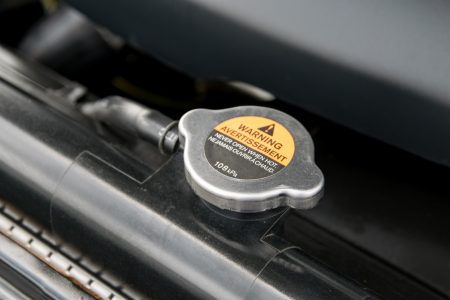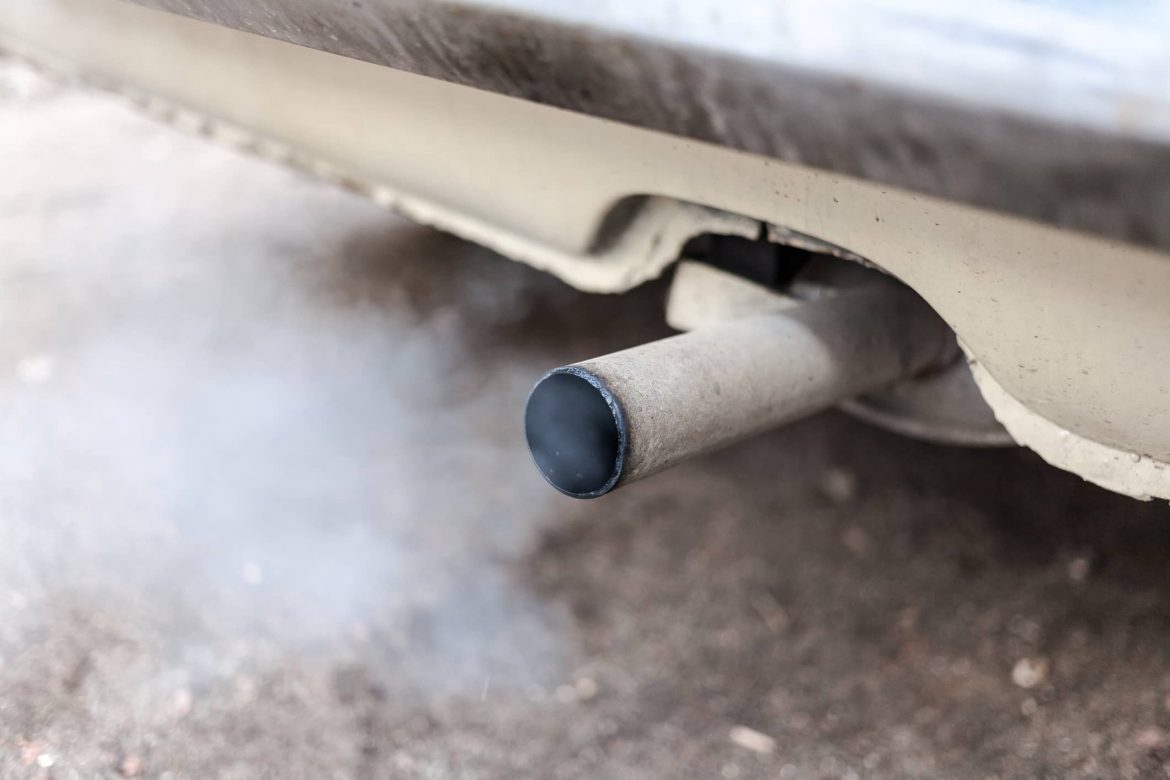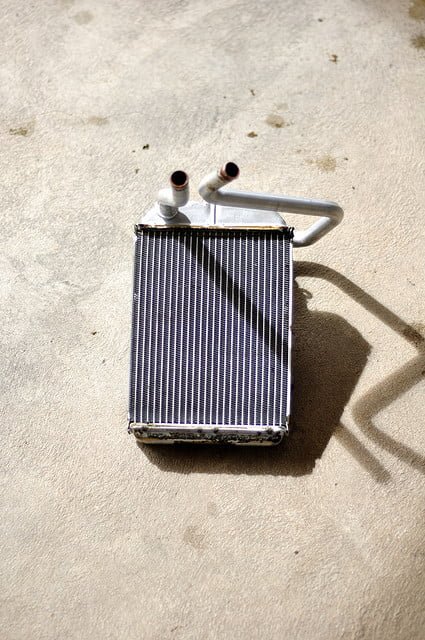 Your vehicle’s cooling system is one of a few essential systems that help keep your engine running properly for hundreds of thousands of miles. Your engine needs fuel, air and sparks to keep running for a moment, but it needs lubrication and cooling to keep running for more than a few minutes. The cooling system in your car is a simple system in theory but still has the ability to do a lot of damage in a short amount of time if it isn’t functioning properly.
Your vehicle’s cooling system is one of a few essential systems that help keep your engine running properly for hundreds of thousands of miles. Your engine needs fuel, air and sparks to keep running for a moment, but it needs lubrication and cooling to keep running for more than a few minutes. The cooling system in your car is a simple system in theory but still has the ability to do a lot of damage in a short amount of time if it isn’t functioning properly.
The engine in your car is designed to operate under certain conditions. The more constant those conditions are, the better and more efficiently your engine will work. One of the ways engine manufacturers help keep conditions consistent is to moderate the temperature surrounding your engine. The cooling system in your keeps your engine at a specific temperature no matter how warm or cold it is outside. This is accomplished by circulating coolant around your engine which heats the coolant up, then circulating the coolant through your vehicle’s radiator to cool it. Your engine’s thermostat controls how much coolant goes through the radiator and how much gets recirculated in the engine to keep things at a constant temperature. Most cars have thermostats that open between 170 and 200 degrees.
As your engine coolant heats up, it expands, like any liquid or gas does. If it’s properly filled and maintained, the cooling system in your car should be completely filled with liquid so as the coolant heats up and expands, the pressure in the cooling system will increase rapidly. Your radiator cap is the pressure relief valve that will allow coolant to escape the radiator and flow into your coolant reservoir to keep your system from bursting or blowing off hoses. Most cars have radiator caps that will relieve pressure between 10 and 20 PSI.
This high operating pressure in your cooling system helps make sure your coolant doesn’t start to boil as temperatures get close to the boiling point which keeps things flowing by allowing your water pump to work and safeguards against hot spots. This high pressure also makes cooling system leaks that much more annoying and severe. The high pressure combined with high temperatures make most coolant leaks clouds of steam that can be embarrassing when opening your hood on the side of the road.
One of the main culprits of this kind of coolant leak is a radiator leak. Your radiator sits at the front of your vehicle so it is most exposed to road debris, rocks and other things that can cause problems. Your radiator is also a relatively fragile piece of equipment as the materials it’s made of need to be thin enough to quickly transfer heat out of your engine coolant into the outside air. Lastly, many radiators today are made from fragile plastics and aluminum that can be susceptible to leaks and cracks.
All of these factors make radiators susceptible to leaks even from normal usage. Radiators also can be relatively expensive items to replace. The parts themselves can be expensive due to their construction, and labor rates can be high as installing a new radiator requires a full drain and refill of your cooling system, not to mention actually removing the old radiator and installing and attaching the new one.
Luckily, in most cases it is not necessary to replace your entire radiator due to a small crack or leak. BlueDevil Radiator and Block Sealer is a special sealant that can internally stop the leaks in your radiator even under the high temperatures and pressures of your cooling system. BlueDevil Radiator and Block Sealer will form a chemical weld at a leak in aluminum, metal, cast iron or steel stopping your leak without affecting the rest of your cooling system.
For more information about BlueDevil Radiator and Block Sealer, check out our product information page here: Radiator and Block Sealer
You can also purchase BlueDevil Radiator and Block Sealer at any of our partnering local auto parts stores like:
- AutoZone
- Advance Auto Parts
- Bennett Auto Supply
- CarQuest Auto parts
- NAPA Auto Parts
- O’Reilly Auto Parts
- Pep Boys
- Fast Track
- Bumper to Bumper Auto Parts Specialists
- S&E Quick Lube Distributer
- DYK Automotive
Pictures Provided By:
radiator_leak.jpg – By ZenStock – Licensed By Thinkstock – Original Link
BlueDevil Products can be found on Amazon.com or at AutoZone, Advance Auto Parts, O’Reilly Auto Parts, NAPA, and other major auto parts retailers.
4 responses to "How Can I Fix my Radiator Leak?"
4 Comments
Leave a Reply
Related Articles





The heater block is leaking and coolant is evaporating into the cabin, fogging the windows. I drive a 2004 Ford Crown Victoria. Which product may I use to stop this leak?
Steve-
Thank you for asking about your Ford Crown Victoria. Based on your description, we would recommend using the BlueDevil Head Gasket Sealer (32 oz yellow label). As long as the vehicle can idle for 50 minutes, without overheating or stalling out, and you are not losing more than about a quart of water/coolant during that idle time, you would be a good candidate for the product. Feel free to contact our technical support line at 888-863-0426 with any other questions.
Thank you!
-BDP
I have a 2002 Cadillac Eldorado I see radiator fluid leaking I know it’s radiator fluid I was just wondering which one of your products will help me seal this leak in my 2002 Cadillac Eldorado V8 engine need help
Rickey-
Thank you for asking about your Cadillac Eldorado. How quickly are you losing coolant? Have you been able to locate where the loss of fluid is coming from? Please contact our technical support line at 888-863-0426 so that we can get a little better understanding of the vehicle’s condition and be able to make any appropriate recommendations.
Thank you!
-BDP